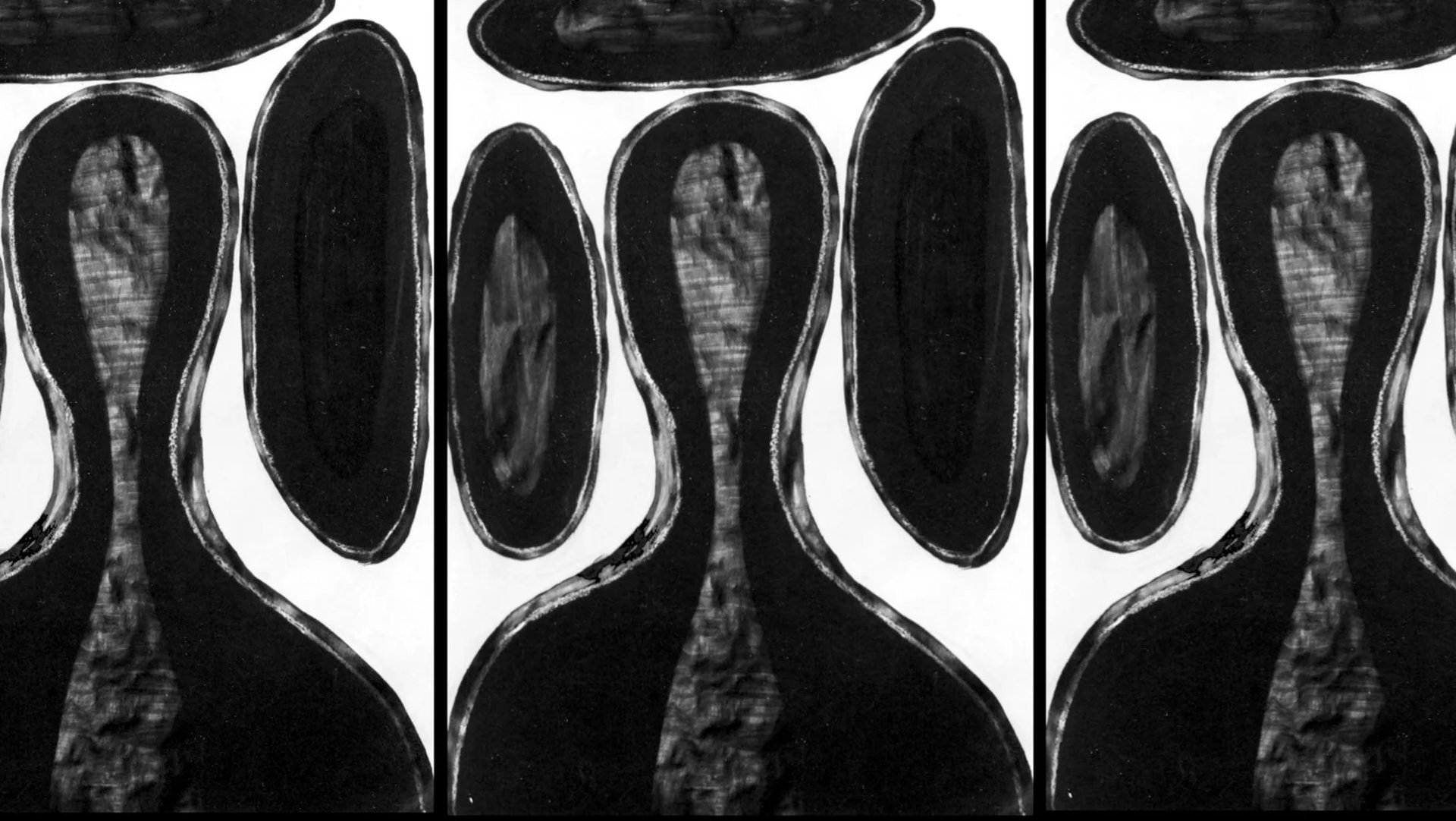
A NEW ART MOVEMENT IS BORN: REFLECTIONISM
An art that explores the boundaries of thought and perceptionIn the contemporary art scene, a new and revolutionary approach has emerged, redefining the boundaries of creative expression. Reflectionism, the name of this movement, is not merely about introducing a new aesthetic or artistic philosophy; rather, it explores the very core of the creative process: the artist’s mind.
After a long gestation period lasting approximately ten years throughout the 1980s, the Reflectionist Manifesto was launched by artist Cesare Oliva between 1989 and 1990 in Montréal through various publications and newspapers. It was later presented in Italy at the second edition of the Florence Biennale in 1999.Based on a radical idea, the movement is not a simple invitation to intellectual reflection on artistic subjects. It is not an art that narrates, represents, or conceptualizes according to traditional
standards. Instead, its goal is to experiment directly with mental processes, bringing the artist into a state of awareness where the artwork becomes the most authentic and primary manifestation of thought in action.The Reflectionist approach is characterized by one fundamental aspect: the active and voluntary exploration of mental processes—conscious, unconscious, and pure.
The deliberate transition from one mental state to another allows access to new levels of perception and gives life to works that are not merely representations but true direct experiences of reality. It unleashes unlimited creative potential and grants absolute freedom to the artist, who is no longer forced to identify with styles and methods dictated by pre-established cultural structures.
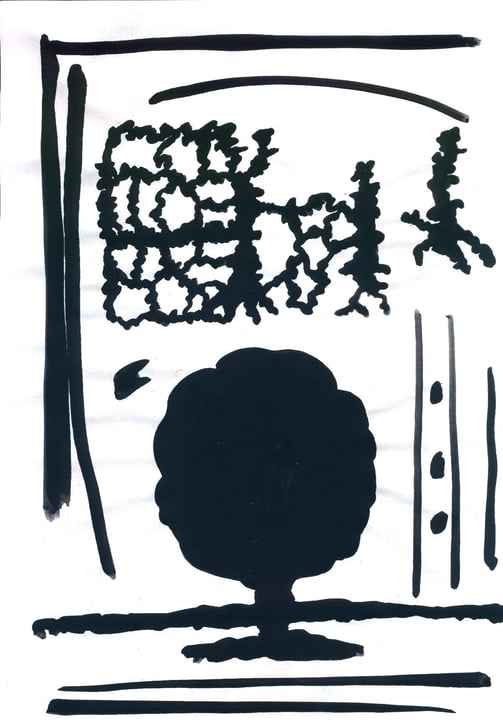

On one hand, the Reflectionist artist may choose to work with conventional tools such as brushes, pencils, and colors—thus reaffirming the value of tradition—while on the other, the use of alternative mediums is not excluded, as long as they do not become a conceptual shortcut. Reflectionist art does not rely on tools but on how thought interacts with them, thereby extending to other artistic disciplines as well.
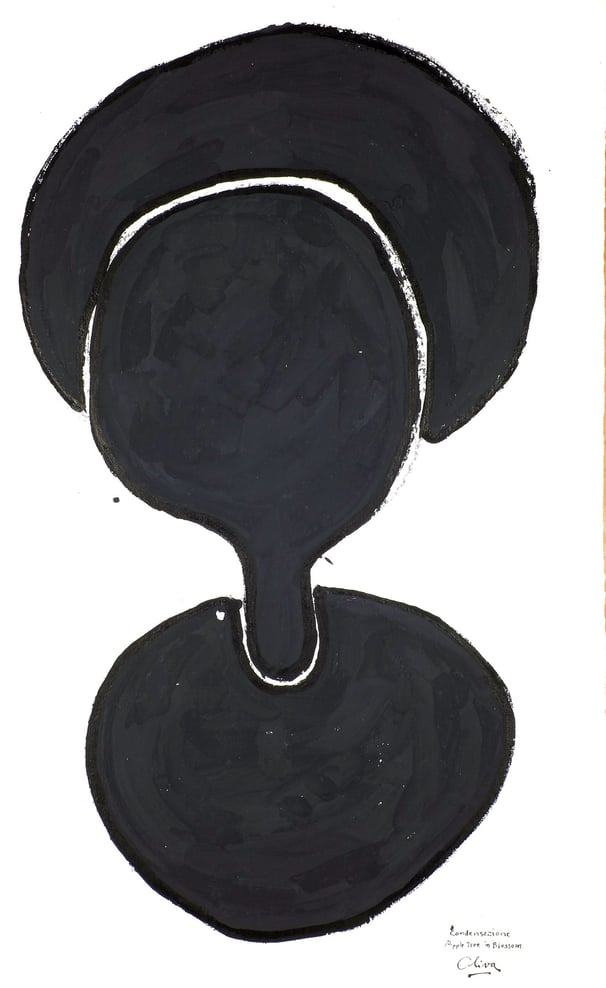

The exact method by which mental processes are activated and translated into art has not been revealed, sparking curiosity and interest in the art world. The Reflectionist approach cannot be taught theoretically but must be learned through practice. It is a knowledge, an intuition that many artists already possess but often suppress, believing it to be a flaw that must be corrected in order to maintain a so-called "coherent" creativity. Reflectionist artists, however, embrace and cultivate this knowledge through deep and personal practice and research, thus freeing themselves from limitations imposed by cultural stagnation dictated by conventions and the market—factors that limit creativity and the evolution of both art and the artist. In an artistic landscape often bound to the repetition of established patterns, Reflectionism presents itself as a true revolution. It is neither a return to the past nor an escape toward the future, but rather a rediscovery of the present through the mind. This is an art that does not seek to impress with visual effects but aims to transform the very perception of reality. The movement has already begun to bear fruit. Interest is growing, discussions are multiplying, and artists are beginning to question how Reflectionism might redefine their creative approach. It remains to be seen to what extent this new vision of art will change the course of contemporary artistic history. One thing is certain: Reflectionism has opened a door to another dimension that will be difficult to close.
Giulia Moreau
(Art Journalist)
[References and Publications : Filippo Salvatore, PhD, "The Canadian Citizen", Montréal, Tra Rinascimento e quarta dimensione, 26 novembre 1986; Ironica estraneità tra donna linfa e uomini cane, 1994; Dorothy Roatz Myers, "About Art", Soho, New York, 1993; Italie Italia Italy – La rivista per gli italiani nel mondo, Anno 1, N. 1, agosto 1996, pp. 43-45. Pietro Morelli Jr., "L’arte di riflettere".]
The THE REFLEXIONISM Gallery
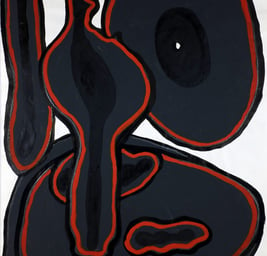



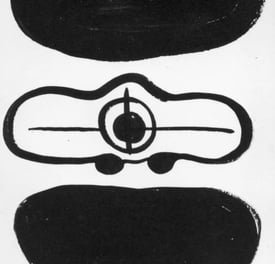

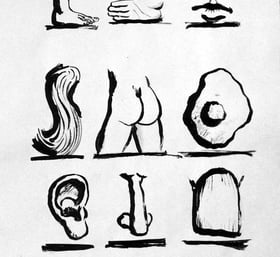

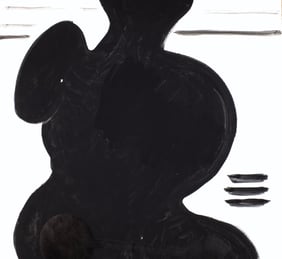

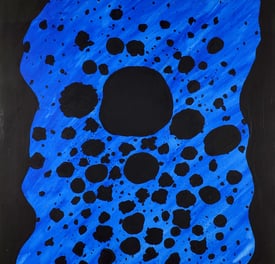



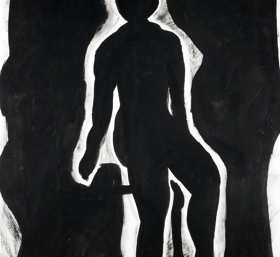

Explore
ARTBASE & CESARE OLIVA MUSEUM
© 2024. All rights reserved. ARTBASE & CESARE OLIVA MUSEUM
